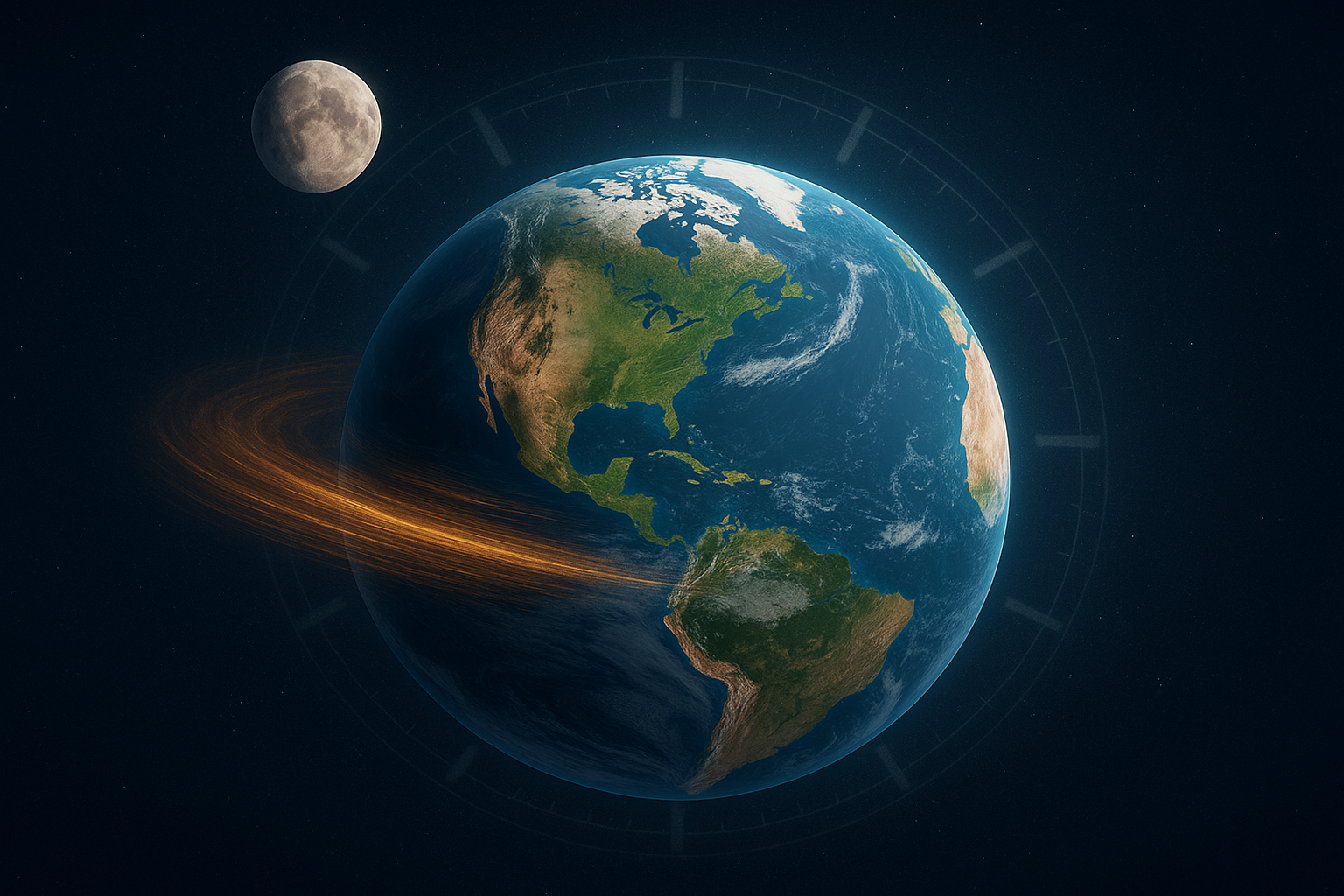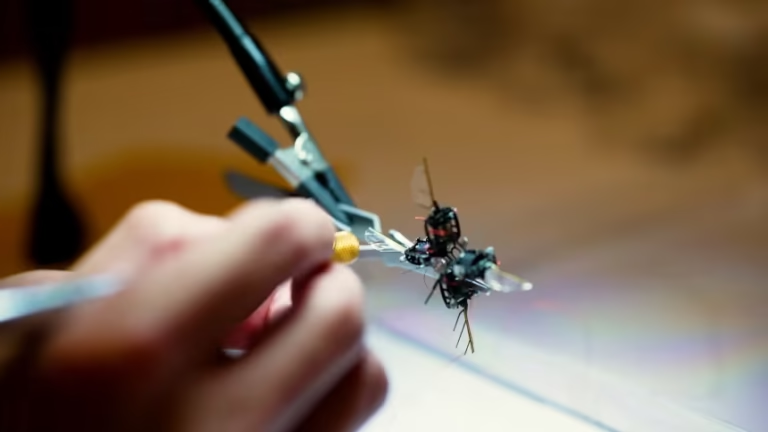
Recent information indicates that Earth is spinning a bit faster than normal, resulting in certain days in July and August 2025 being around 1.3–1.6 milliseconds shorter than the typical 24-hour day.
Although unnoticed in daily routines, these small changes have significant effects on worldwide time synchronization.
⏱️ The Importance of Accurate Timekeeping
Contemporary time is governed by accurate atomic clocks that establish Coordinated Universal Time (UTC). To maintain alignment with Earth’s irregular rotation, leap seconds are periodically introduced—a procedure that has been in place since 1972. The most recent one took place in 2016. Yet, as Earth’s rotation accelerates, scientists are now considering a negative leap second—removing a second from UTC, an unprecedented action.
🌍 What’s Driving the Acceleration?
Several elements play a role:
Seasonal changes in the atmosphere—jet streams and air currents affect Earth’s rotation, resulting in slightly quicker spins during summer.
Gravitational forces from the Moon and the movements within Earth’s core also influence rotation.
Curiously, the melting ice in polar regions—redistributing mass toward the equator—slows the Earth’s rotation, postponing the necessity for a negative leap second until approximately 2029.
⚠️ The Importance of a Historic Negative Leap Second
Time specialists caution that removing a second may interfere with delicate systems. Most digital systems—GPS, financial networks, power grids—are designed to accommodate an additional second, not a lost one.
Deloitte, Google, and Amazon have implemented solutions by incrementally incorporating fractions of a second throughout the day to lessen leap-second impacts.
🔍 Worldwide Reaction and Future Outlook
The International Earth Rotation and Reference Systems Service (IERS) monitors rotation and schedules adjustments.
In 2022, international organizations decided to eliminate leap seconds completely by 2035, permitting atomic and astronomical time to diverge slightly.
However, before reaching that threshold, temporary changes—like a negative leap second—might be necessary.
🧭 Final Reflections
The subtle acceleration of the Earth is an unusual occurrence that highlights the accuracy of time.
Although daily habits may overlook this, the risks for technology, navigation, and communication are significant.Introducing a negative leap second may pose a considerable challenge for timekeepers and engineers—a clear indication that the continuous flow of time can alter unexpectedly.


